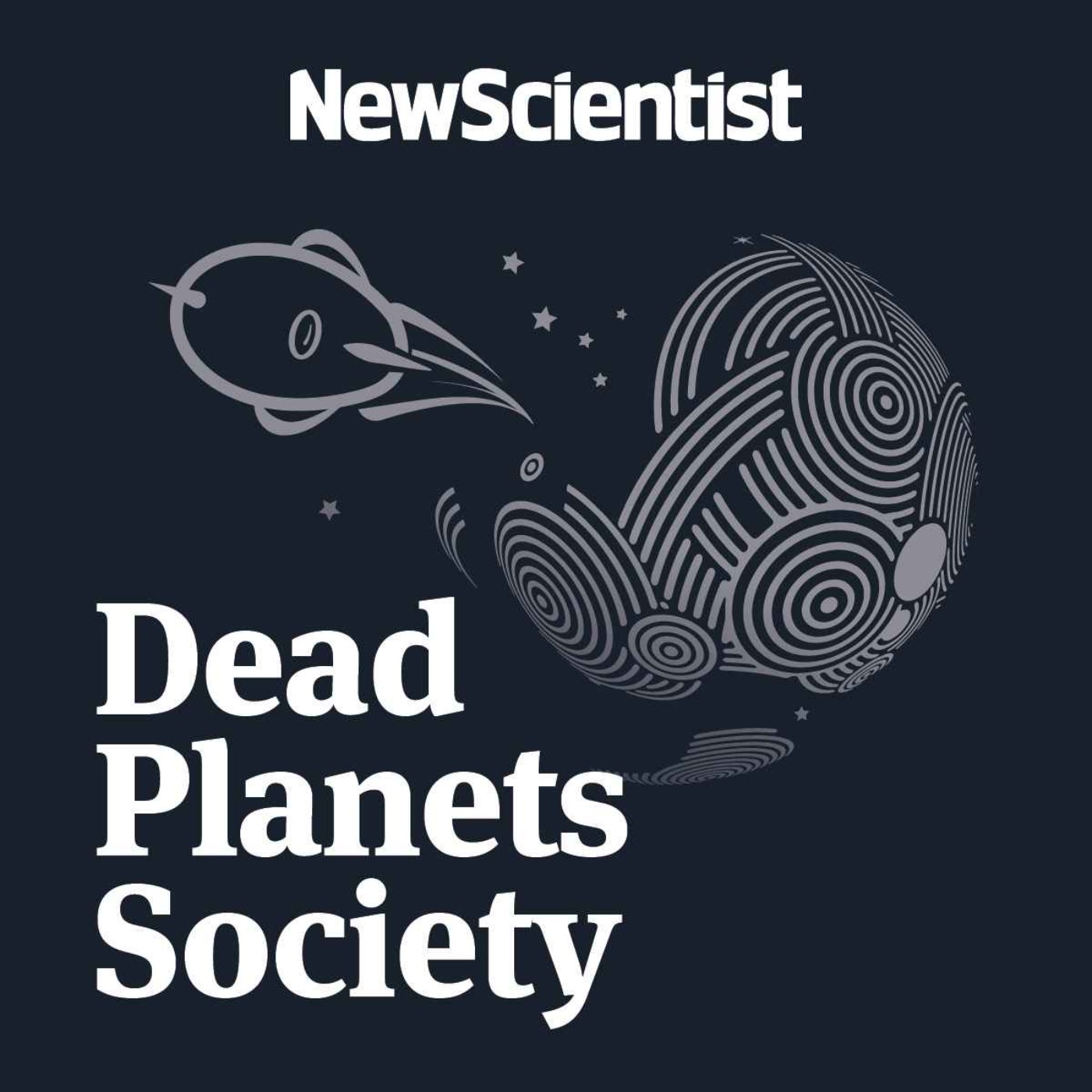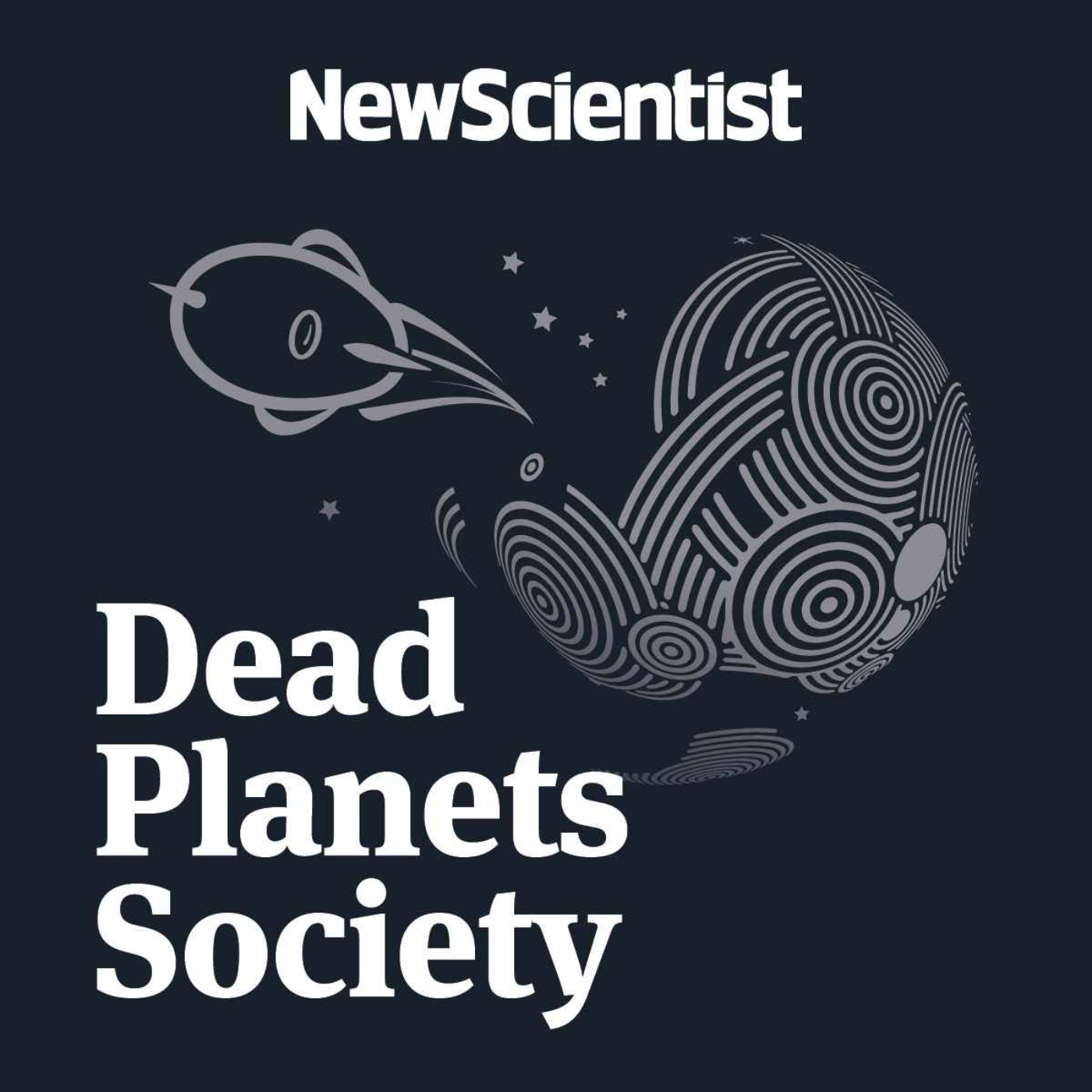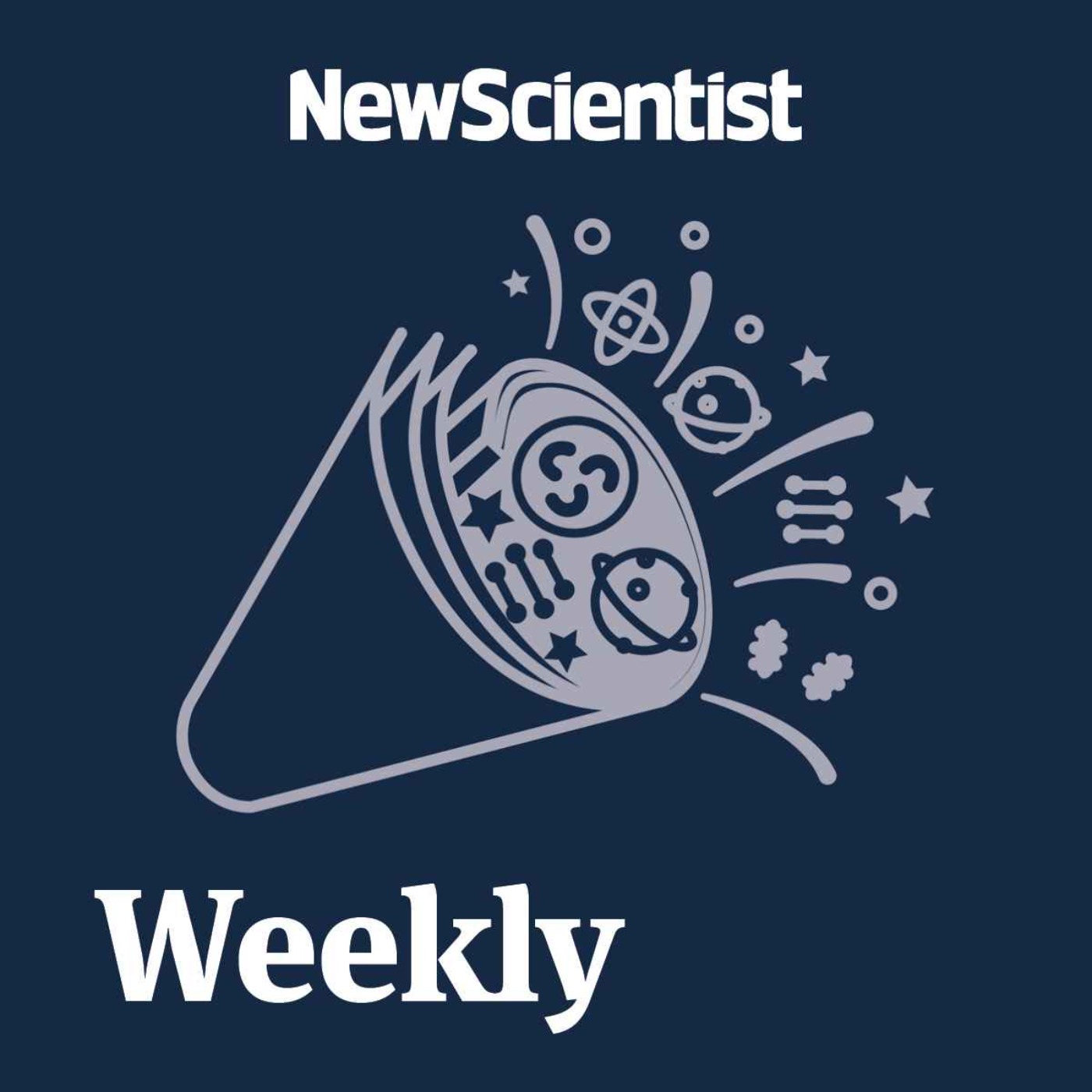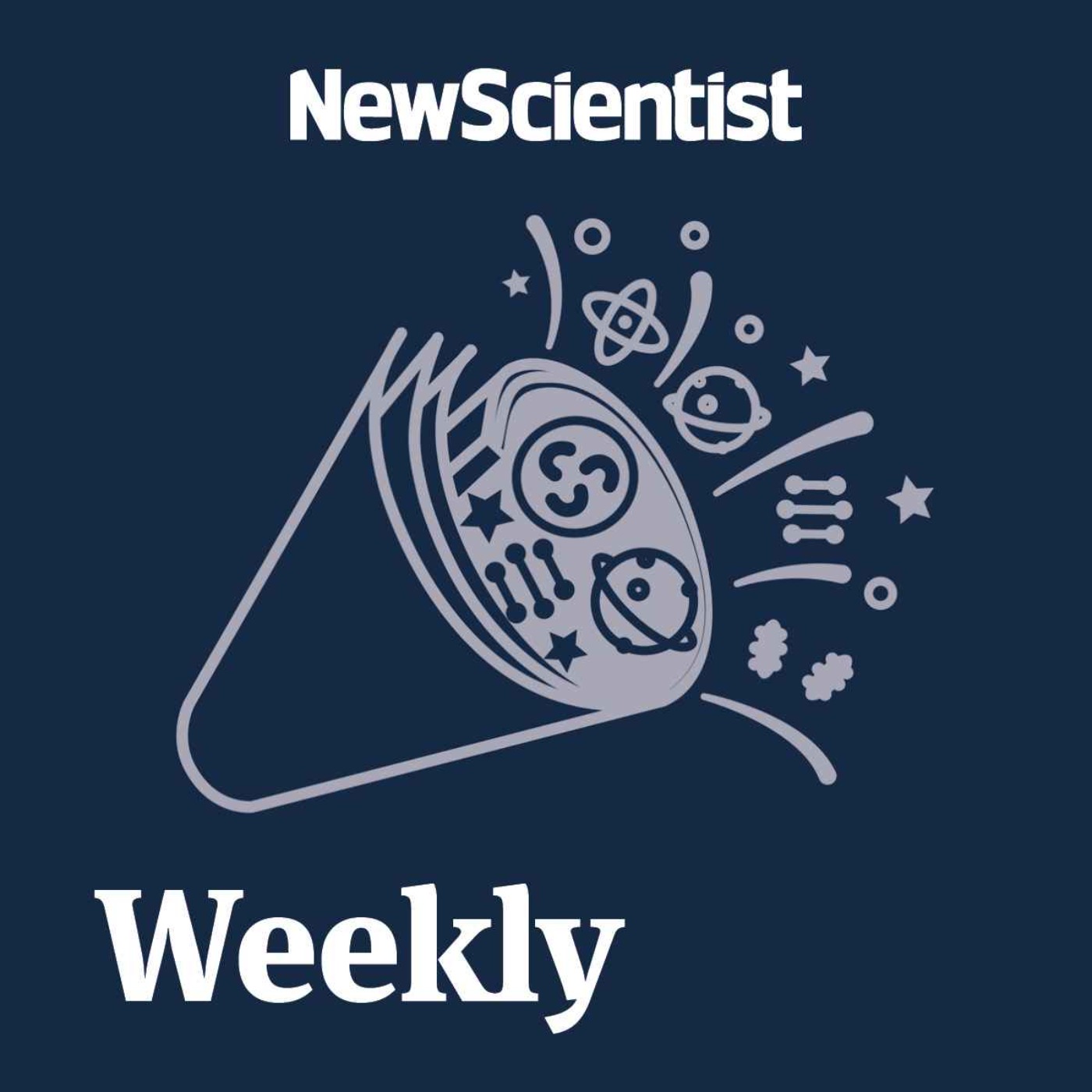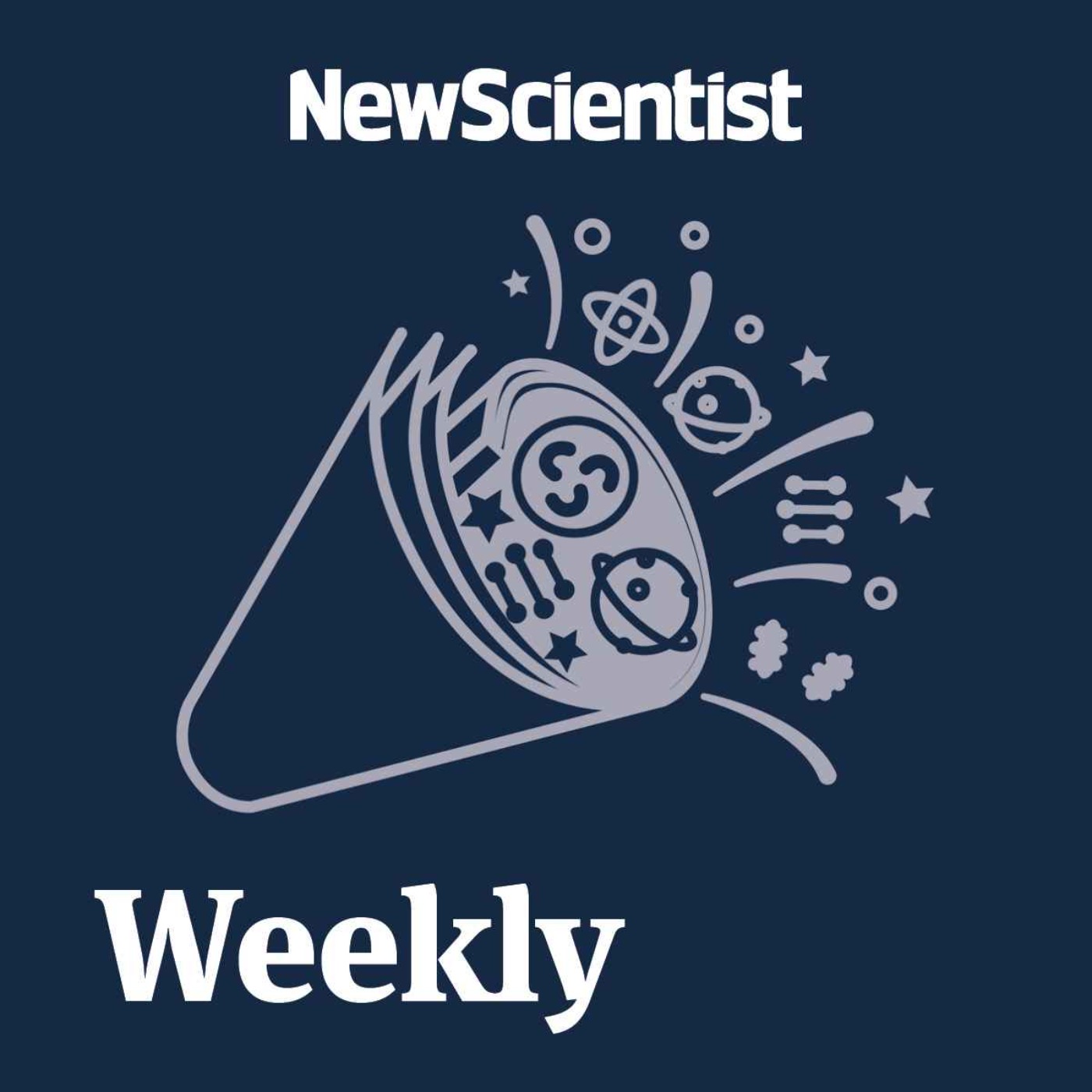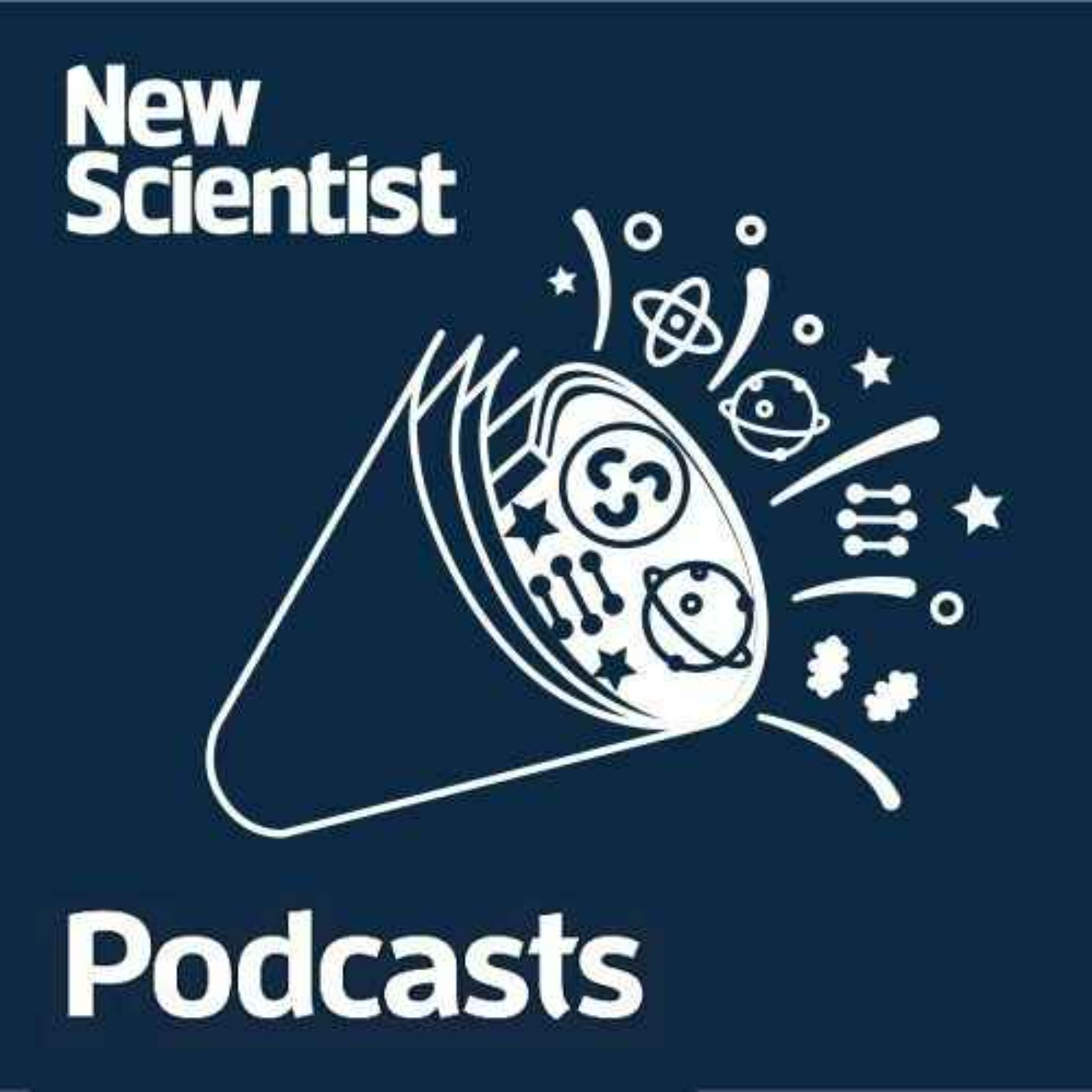Weekly: Woolly mammoth breakthrough?; The Anthropocene rejected; Bumblebee culture
Description
#240
A major step has been made toward bringing woolly mammoths back from extinction – sort of. The company Colossal has the ambitious goal of bringing its first baby mammoth into the world by 2028. And its newest advance, announced this week, is in turning adult Asian elephant cells into stem cells. But it’s still a long way from here to the company’s vision of cold-adapted elephants fighting climate change in the Arctic – or even that 2028 baby mammoth.
When did humans begin to affect the Earth’s systems enough to mark the beginning of a new geological era? The Anthropocene is often informally used to describe the current era of Earth’s geological timeline, one in which human activity has reshaped the planet – and some geologists have been lobbying to say it began officially in 1950, with the first detectable nuclear fallout. But in a leaked decision that shocked many, scientists have apparently voted not to make the Anthropocene textbook-official yet. But the story doesn’t end there.
US Army researchers are trying to figure out if AI can help them make better decisions during conflict. Using commercial chatbots powered by models like OpenAI’s GPT-4, the US military has been letting AI call the shots in the midst of battle – in the video game Starcraft II. Is the technology good enough?
Bumblebees may be capable of culture. It’s a finding that’s causing much debate in the scientific community. Researchers challenged bees to complete a tricky puzzle box, which the bees could not do without being shown how – but the bees who were trained to solve the puzzle then quickly taught their hivemates. Teaching others something they can’t do alone could be considered cumulative culture, which was thought to be unique to humans. Is it time to rethink our exceptionalism?
Plus: How the creation of new strains of cheese mould could lead to brand new flavours of blue cheese and even new drugs; how microplastics found in our bodies may increase heart disease risk; why some white dwarfs look younger than they are – with consequences for astronomy.
Hosts Christie Taylor and Timothy Revell discuss with guests Michael Le Page, Chen Ly, Jeremy Hsu and Sofia Quaglia. To read more about these stories, visit newscientist.com.
Hosted on Acast. See acast.com/privacy for more information.


